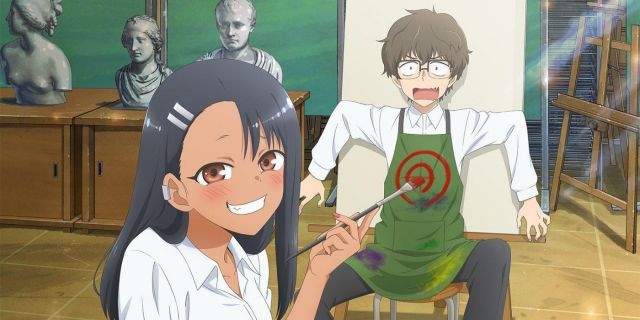Anime has tropes and archetypes across many genres within the medium, and this extends to the settings of the shows themselves. One noticeable recurring element is the fact that so many anime take place — at least to some extent — in high school. While this might come off as trite or cliché, there’s a logical reason why many of the most popular anime are focused around this particular age group.
From the intended target audience to the scope of the anime, it makes a lot of sense that high school is the base of operations for many of these animated shows. Add in the age of characters in shonen and shojo anime, and it all begins to cement that high school is almost a necessity. Here’s a closer explanation of why class is always in session in anime.
High School Settings Make Shonen/Shojo Anime More Relatable

Though anime typically has a far wider reach than much of Western animation, it’s still seen by many in Japan as something for younger audiences. This is reflected in the most popular demographic “genres” of the medium: shojo and shonen. These terms translate to mean stories (namely manga comics) aimed toward young girls and boys, making it clear that older audiences might not be the specifically intended audience. These young people are often about to either enter high school or have already done so. This explains perhaps the most obvious reason that high school is a big part of anime.
High school students will likely have an easier time relating to anime characters who are going through the same life circumstances as themselves, with high school being a major part of that. Thus, the cast of slice-of-life and romantic comedy anime such as Don’t Toy With Me, Miss Nagatoro and Toradora! can be seen almost as part of the viewers’ extended friend group. The alternative would be to have the characters be too young and make a show potentially juvenile, or have the cast be so old that the average Japanese viewer is similarly turned off. High school students offer a sweet spot where those from the age range of 10 to around 20 will be able to see a bit of themselves in the series.
This even extends to more fantastical shonen anime such as Naruto and My Hero Academia. The characters in those series’ are “high school age” and have to deal with exams, even if it isn’t the average high school experience. The same goes for heroes like Luffy from One Piece, who would probably be liked a lot less if he was a stodgy adult instead of a teenager. Again, it’s ultimately a much more universal experience for youngsters to watch characters at around the sophomore/junior age range than watching 30-somethings do their taxes.
High School Settings in Anime Offer More Story Potential

High school has a lot of potential responsibilities and activities outside just schoolwork, including participation in clubs, part-time jobs and enjoying time with their significant others. Some of those things simply don’t translate to life after high school, where the harsher responsibilities of paying bills and maintaining a full-time job are more pressing matters. High school settings in anime offer a grander sense of freedom and fun than adult life, not to mention narrative potential. After all, several anime feature episodes involving high school sports fests, usually resulting in uproarious situations. An equivalent event doesn’t exist in the framework of a nine-to-five office job as a salaryman, showcasing how adult life in Japan is so much less fun compared to one’s high school years.
This again feeds into the relatability factor, as adults watching the show might see a high school-based anime as a nostalgic look back at simpler times. No one looks forward to the “thrilling excitement” of being an accountant, which is why non-comedic anime with such settings are few and far between. It’s simply a matter of reaching the most audiences with a concept that’s simple and fun, all while not requiring too much reconfiguring in order to achieve that.















Leave a Reply